Preparations and Safety Measures
In the minutes leading up to the launch, the final preparatory steps were meticulously executed. One of the critical components, the crew access arm, retracted from the crew access tower, signaling a pivotal moment in the pre-launch sequence. This specialized arm, which aligns perfectly with the hatch of Boeing’s Starliner capsule, plays a crucial role. It is designed to rotate and retract at varying speeds, ensuring safe and efficient entry and emergency egress for astronauts and technicians.
The Starliner Capsule and Atlas V Rocket
The Boeing Starliner capsule, perched atop a United Launch Alliance (ULA) Atlas V rocket, embodies cutting-edge aerospace engineering and collaborative efforts aimed at advancing human spaceflight. The Starliner is part of Boeing's contribution to NASA's Commercial Crew Program, which seeks to develop safe, reliable, and cost-effective transportation to and from the ISS.
The Atlas V rocket, known for its reliability and performance, stands ready to propel the Starliner into orbit. This combination of Boeing’s capsule and ULA’s rocket represents a significant step towards re-establishing America’s capability to launch astronauts from U.S. soil, a capability not seen since the retirement of the Space Shuttle program in 2011.
Astronauts Wilmore and Williams: Pioneers on a New Frontier
Astronauts Butch Wilmore and Suni Williams, both seasoned space travelers, are set to embark on this landmark mission. Wilmore, a veteran of space shuttle and ISS missions, and Williams, known for her extensive experience aboard the ISS and her impressive record of spacewalks, bring unparalleled expertise to the CFT mission. Their journey aboard the Starliner will be a testament to human ingenuity and the collaborative spirit of space exploration.
Liftoff: A Momentous Occasion
Scheduled for liftoff at precisely 10:52 a.m. EDT, the Boeing Crew Flight Test marks a new chapter in NASA's Commercial Crew Program. This program aims to foster partnerships with American aerospace companies to develop human spaceflight capabilities and reduce reliance on international partners for transportation to the ISS.
As the countdown reaches zero and the Atlas V rocket roars to life, the Starliner will embark on its journey, carrying not only its crew but also the hopes and aspirations of countless individuals dedicated to the pursuit of knowledge and exploration.
Conclusion: The Future of Space Exploration
The success of the Boeing Crew Flight Test will pave the way for future missions, advancing our understanding of space and enhancing our ability to live and work in low Earth orbit. As Wilmore and Williams ascend to the ISS, they carry with them the legacy of past explorers and the promise of future discoveries.
In an era where collaboration and innovation drive the frontiers of space exploration, this mission stands as a beacon of what is possible when expertise, technology, and determination converge. The Boeing Crew Flight Test is not just a mission; it is a leap towards a future where space travel becomes a routine endeavor, unlocking new possibilities for humanity both on Earth and beyond.

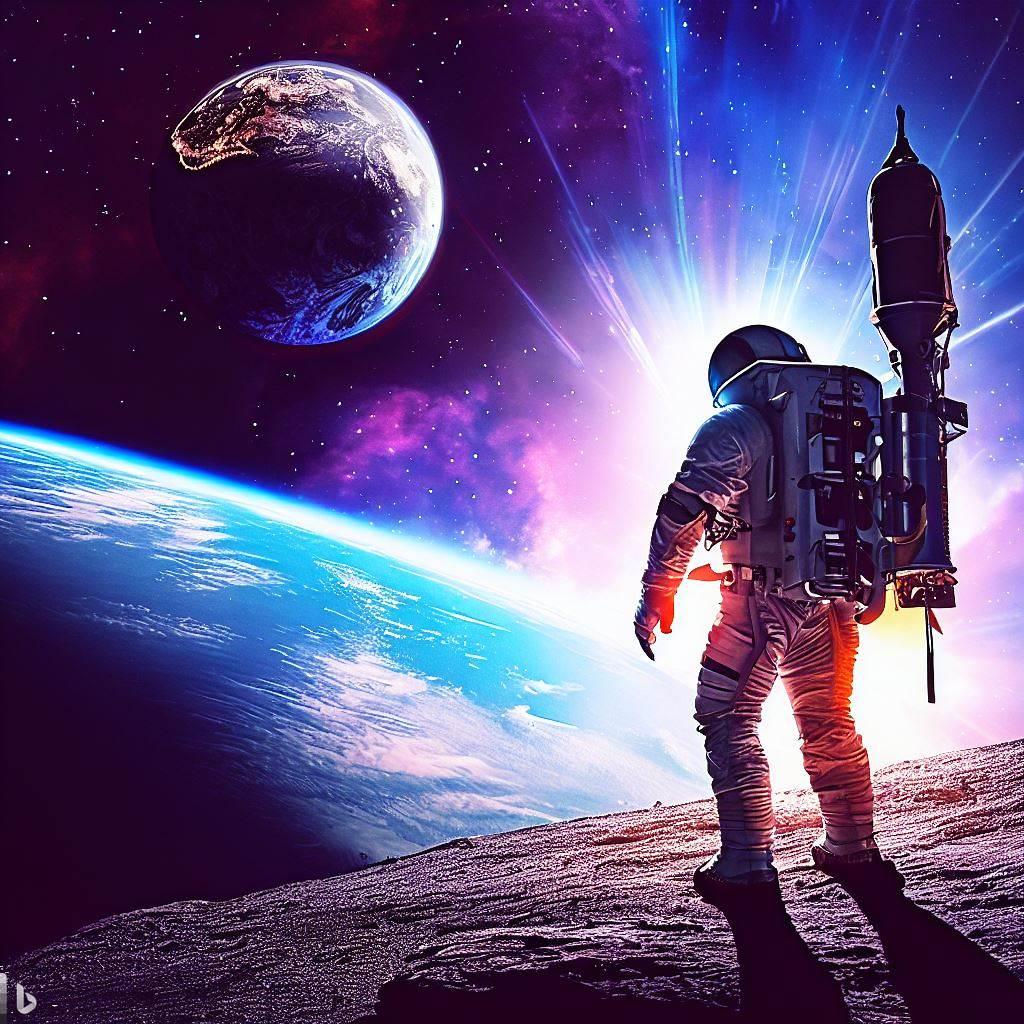

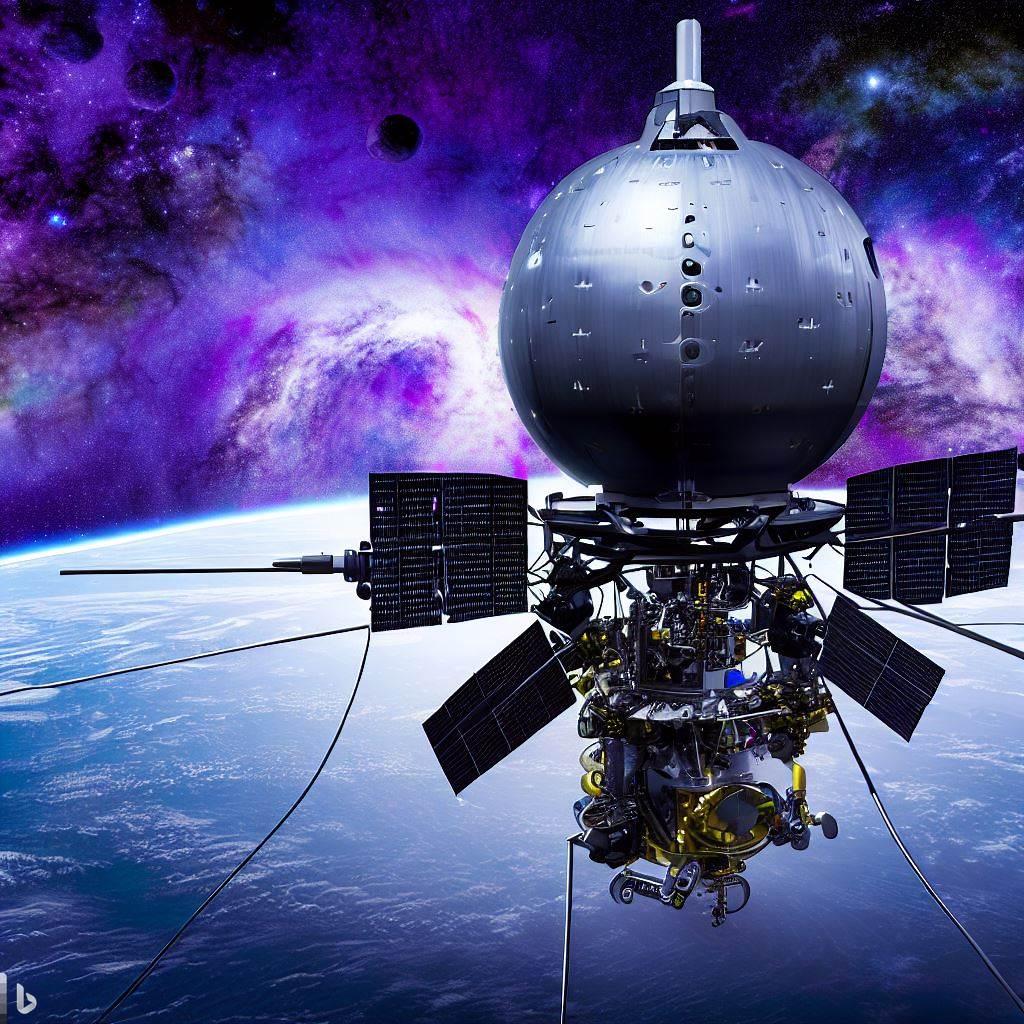
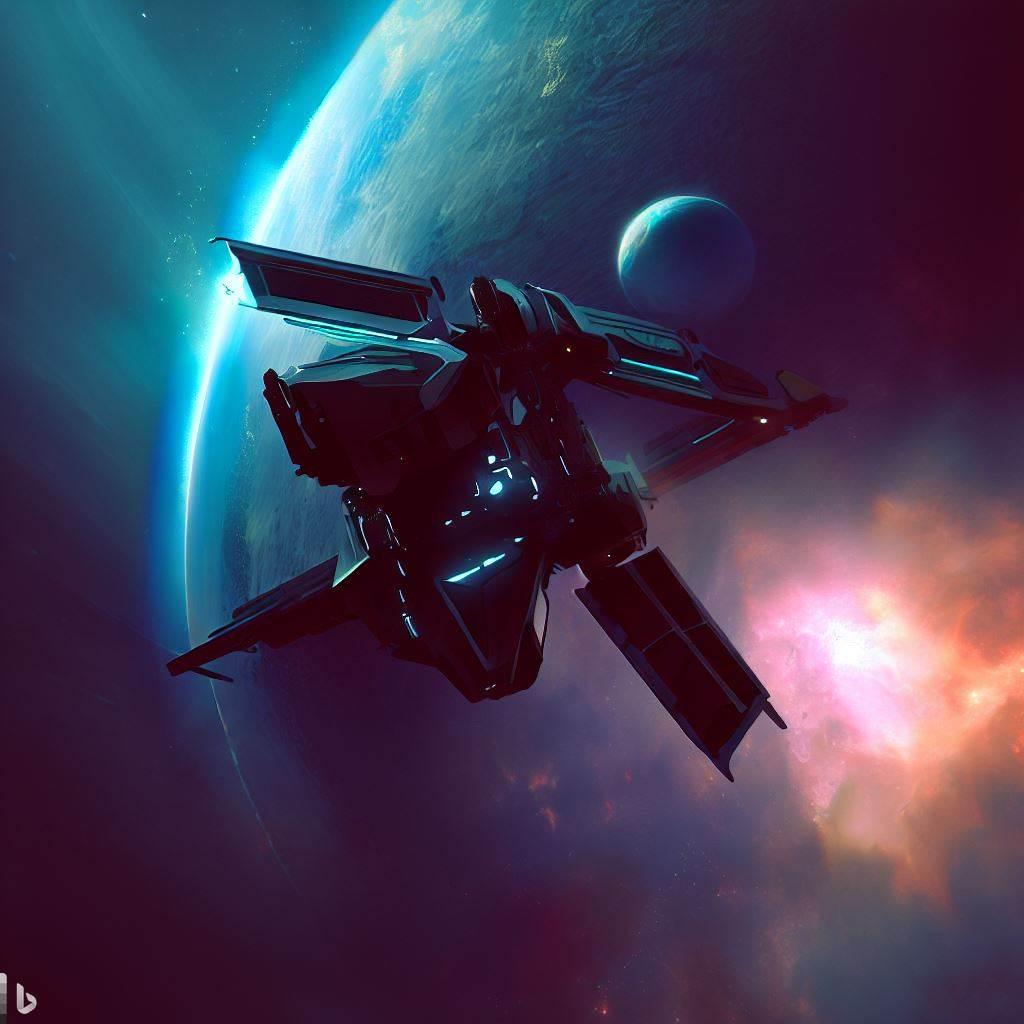
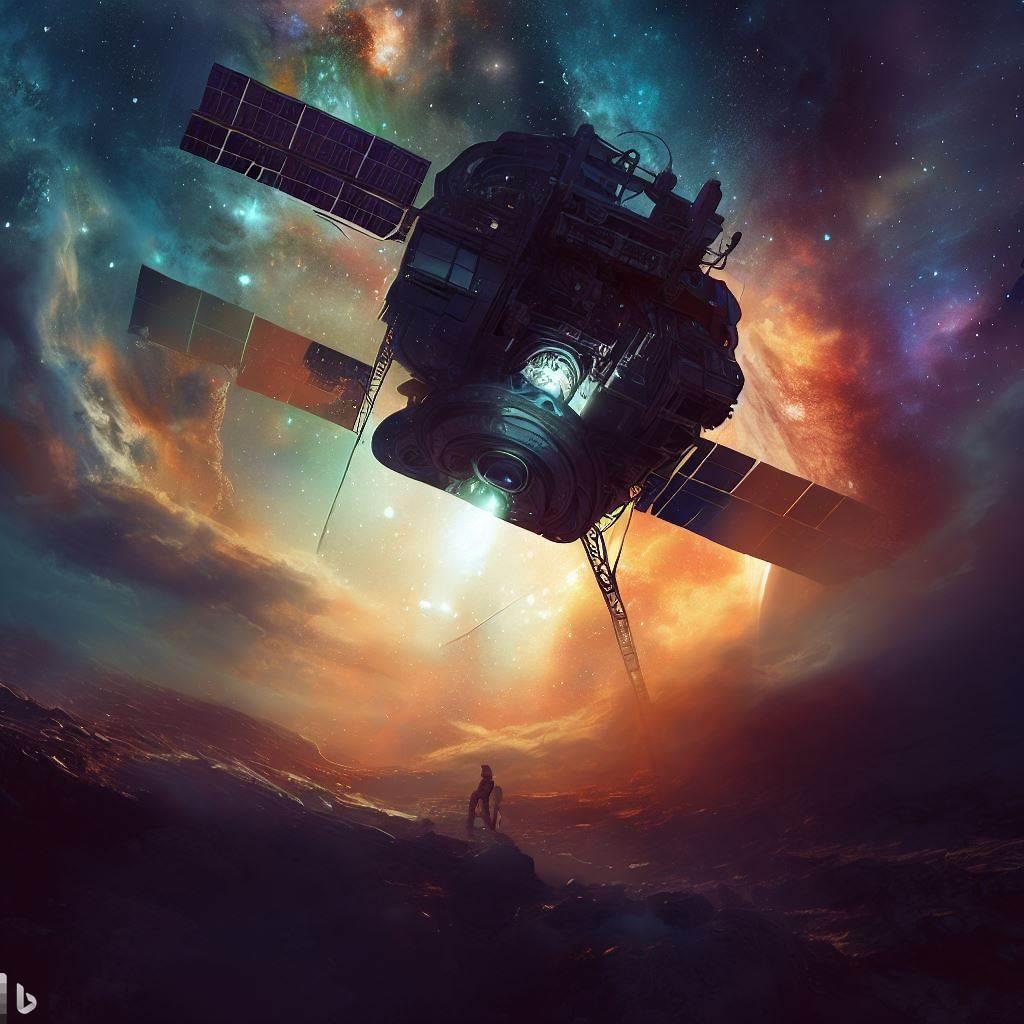
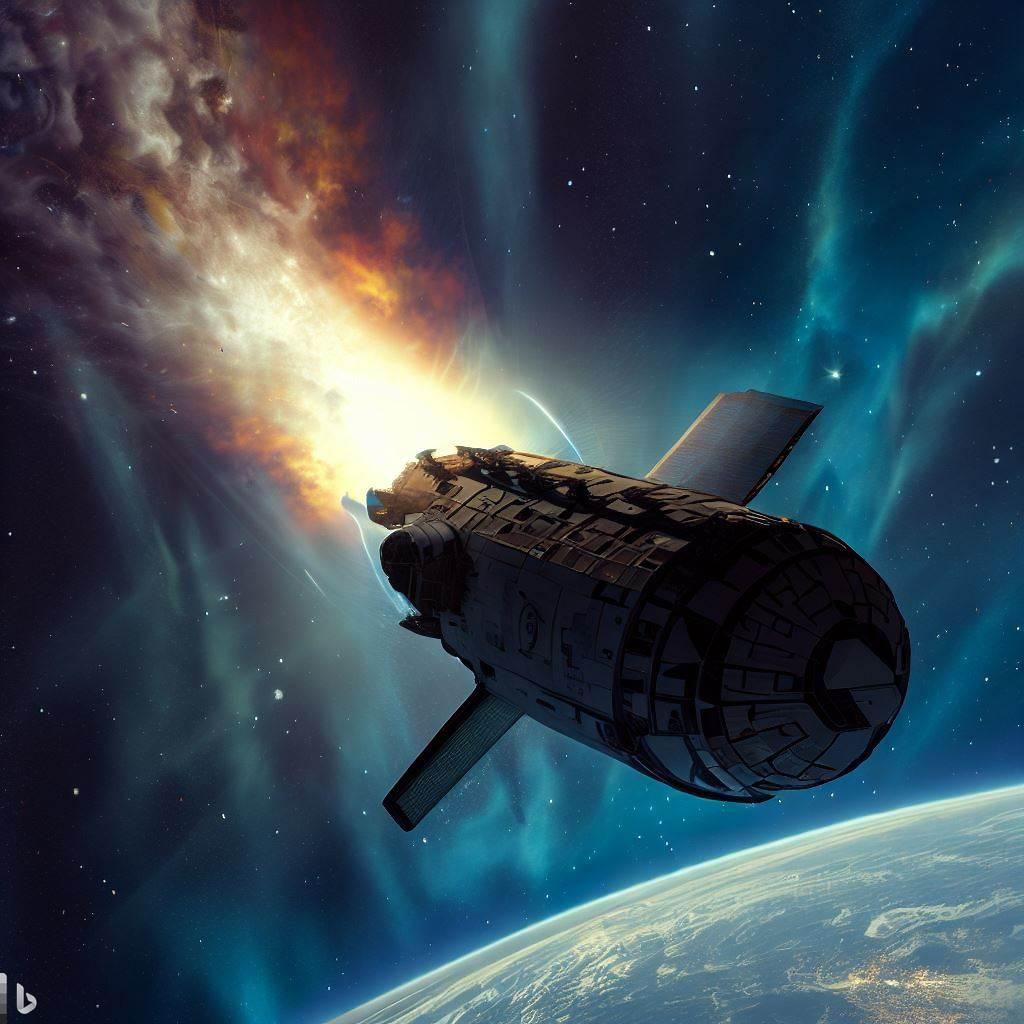


Add a Comment: